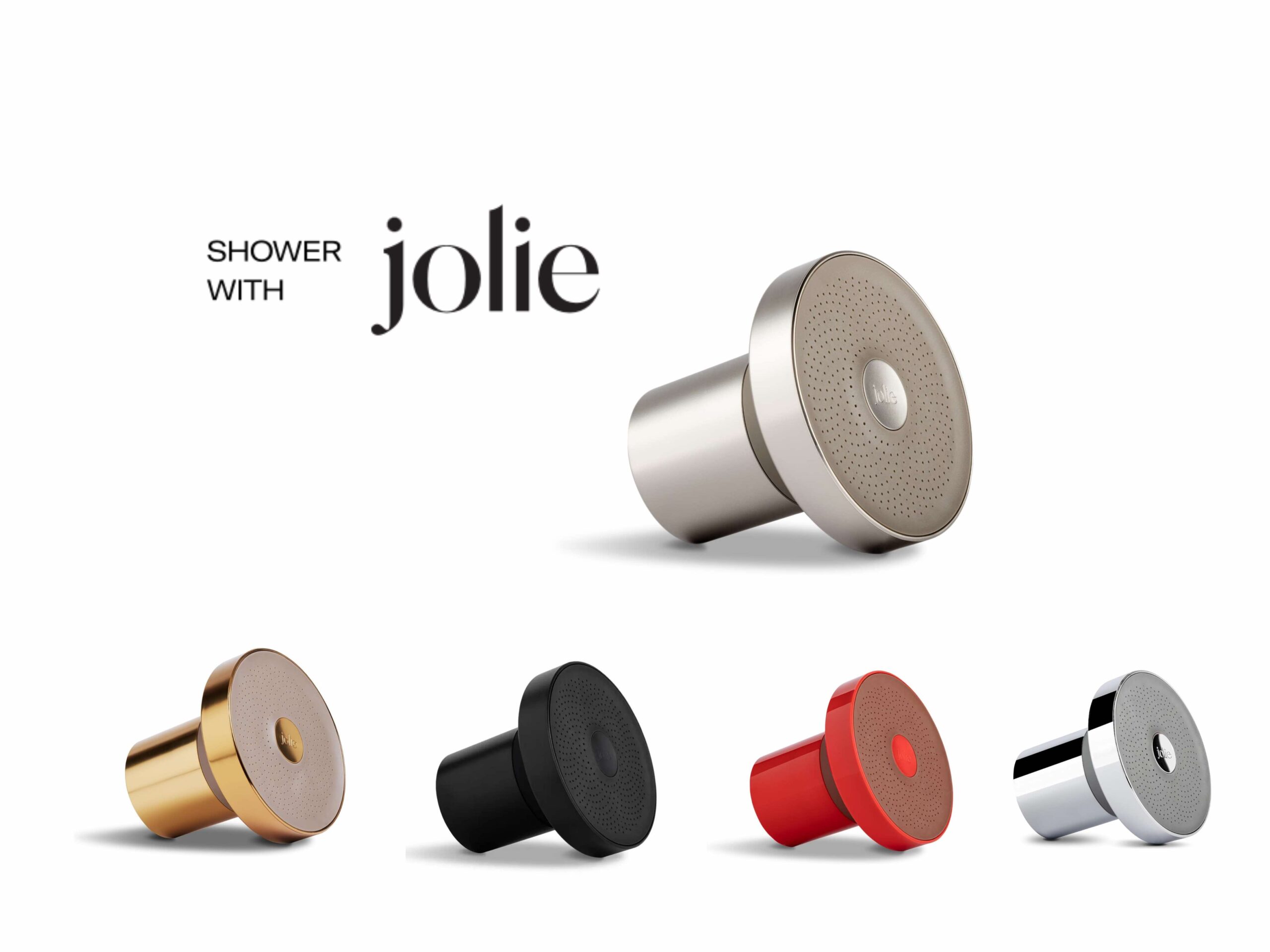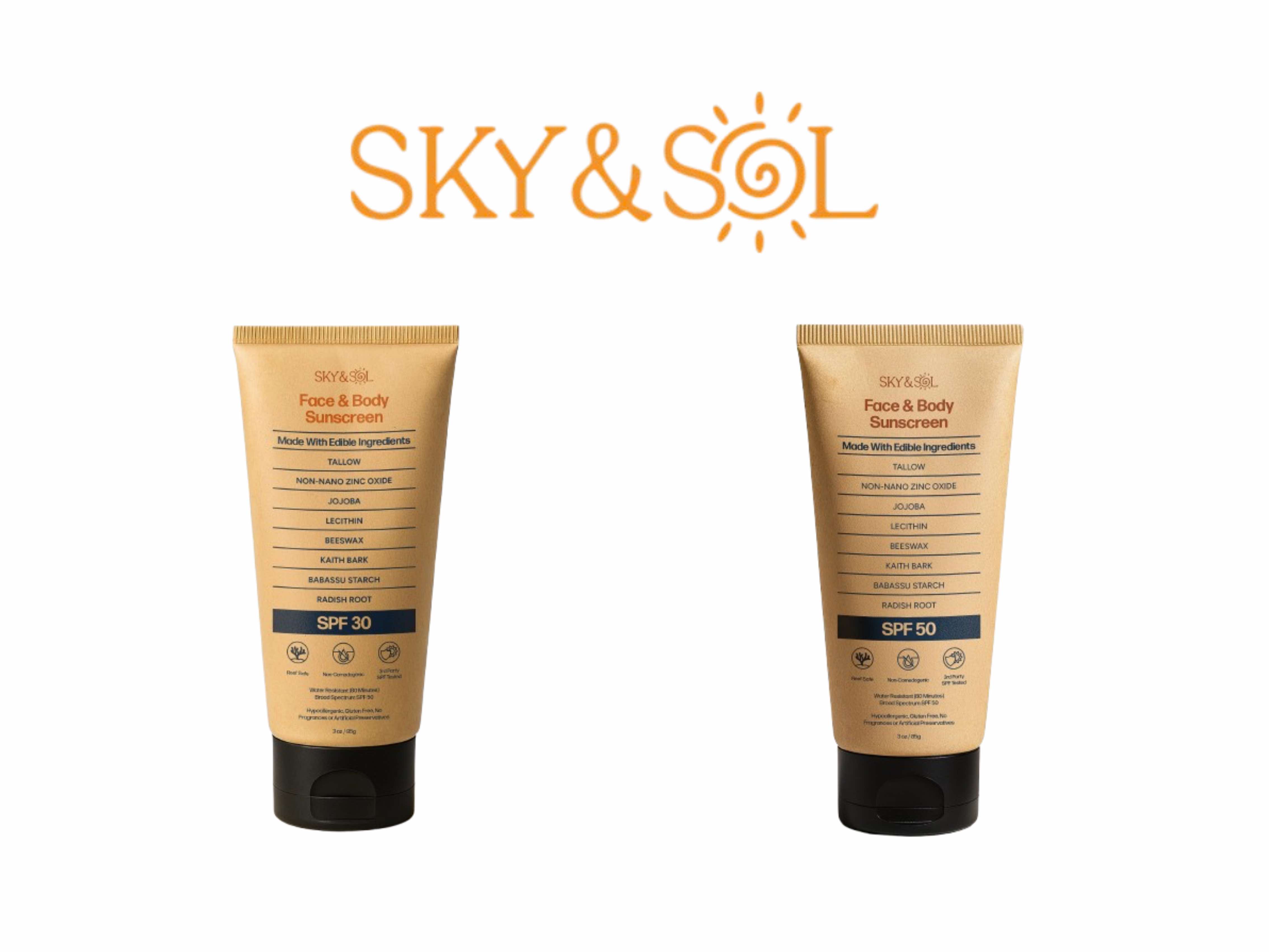
Salt & Stone positions itself as a high-end self-care brand inspired by nature, performance, and sustainability—and at first glance, it delivers. The minimalist design, modern packaging, and oceanic, botanical messaging feel luxurious yet grounded. It’s the kind of branding that immediately draws you in.
But when I took a closer look at the ingredients, the picture wasn’t quite as clean.
A Closer Look at the Ingredients
Despite all the nature-forward marketing, many Salt & Stone products contain ingredients that don’t align with what I—and many ingredient-conscious shoppers—consider truly clean. You’ll find phenoxyethanol, sodium C14-16 olefin sulfonate, and various alcohols like benzyl alcohol and cocamide MIPA. These are synthetics commonly used in mainstream personal care products. While they’re generally recognized as safe in low concentrations, they can be drying or irritating for sensitive skin types.
Another red flag for me is the use of “fragrance” or “parfum.” These catch-all terms often hide a blend of undisclosed synthetic compounds. For a brand that emphasizes purity and sustainability, this lack of transparency feels out of sync.
Why I Avoid These Common Ingredients
Personally, I avoid any product that contains even one of these ingredients—especially when cleaner alternatives exist. When I know there are truly non-toxic, transparent options out there, I can’t consciously choose formulas that fall short.
🚫 Phenoxyethanol is a synthetic preservative that can cause skin irritation, especially for sensitive skin. While it’s used to prevent bacteria, it’s not considered a clean or natural ingredient and can sometimes trigger allergic reactions.
🚫 Sodium Benzoate is another preservative that may cause irritation, particularly when paired with Vitamin C. Some people with skin conditions like eczema find it makes their skin worse.
🚫 Sodium Olefin Sulfonate (often confused with sulfates) is a harsh cleansing agent that can strip the skin of natural oils, leading to dryness and irritation, especially if your skin is already sensitive.
🚫 Drying Alcohols like benzyl alcohol, ethanol, or isopropyl alcohol can quickly dehydrate the skin and break down the moisture barrier, which may lead to redness, flakiness, or stinging. These are very different from the gentle, fatty alcohols you do want in skincare.
What They’re Doing Right
To be fair, Salt & Stone isn’t all marketing fluff. The brand includes a number of beneficial ingredients like hyaluronic acid, niacinamide, fermented plant extracts, and aloe vera—all of which are great for skin health. Their efforts toward sustainability, like post-consumer recycled packaging and reef-safe sunscreen formulas, are also worth acknowledging.
Final Verdict:
Salt & Stone offers sleek, well-performing products with beautiful branding and a commitment to environmental responsibility. If you’re drawn to aesthetic, elevated self-care and aren’t overly strict about ingredient purity, you’ll likely enjoy the experience.
But if you’re someone who prioritizes truly clean beauty, this may not be your perfect match. The products look and feel “clean,” but a deeper look at the labels reveals a different story.
Overall, this Salt & Stone review comes down to expectations. For me, the brand doesn’t meet the bar for what I consider clean and transparent skincare—but the design, performance, and ethos still make it appealing to a broader audience.

New Rahua Aloe Vera Shampoo & Conditioner Review (Amazing)
Rahua’s new Aloe Vera Shampoo & Conditioner gives me a clean, lightweight wash with a surprisingly rich Pantene-like lather that keeps my oily, volume-loving hair fresh, soft, and lifted.

Jolie Shower Filter Review: One Simple Fix with Enormous Impact
The Jolie shower filter completely transformed my water quality almost instantly, fixing the dryness, tangles, and irritation.

Sky and Sol Sunscreen Review: Mineral SPF Worth Your Time
Sky and Sol sunscreen review: clean mineral SPF that blends clear and kept me burn-free in Hawaii.




